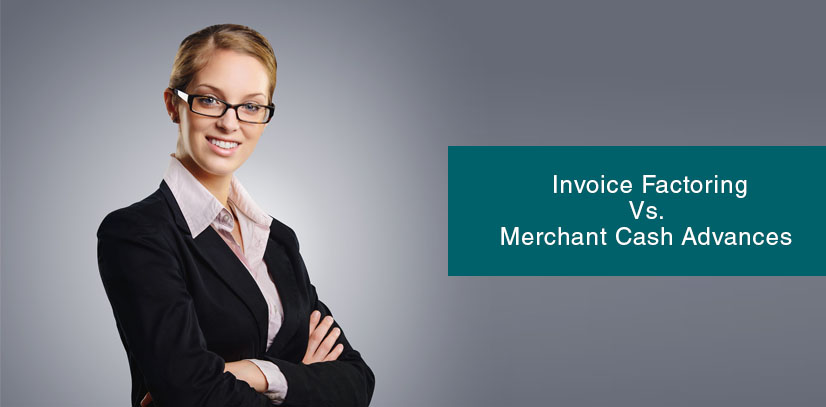
If you’re running a small business, and you need an alternative to a traditional small business loan, invoice factoring may seem like a good choice. But what is invoice factoring? Is it a better choice than traditional small business loans, or merchant cash advances? In this article, we will look at everything you need to know about invoice factoring. Then, you can make an informed decision about which option is right for you to obtain the working capital you need for your small business.
What Is Invoice Factoring? How Does It Work?
Invoice factoring is, essentially, the practice of using your outstanding and unpaid invoices to secure a short-term loan. This is a great way to solve short-term cash-flow issues, particularly if you have customers or clients who tend to pay late, and this is causing a money “crunch” in your business.
There are 5 basic steps, as follows:
- Invoice your client – Usually, these invoices have a “net” term of 30-90 days, during which the client can pay the invoice.
- Sell and assign the invoice factor – Next, you will find an invoice factoring lender willing to purchase your invoices. Then, you will “sell” the invoices for two payments, minus fees.
- Collect about 80% of your invoices – the company to which you sell your invoices will usually pay you about 80% of the value of the invoice, once they are sold. You will get the rest of the money later.
- Your client pays the invoice factor company – It’s important to understand that you are selling your invoices to another company – and your clients will owe their entire balance to this company, not to you.
- The invoice factor company forwards you the rest of your invoice (minus fees) – After the invoice is paid in full, your invoice factor company will send you the rest of your money, minus any applicable fees.
To sum up, you invoice your clients, then sell these invoices to a third party. The third party gives you 80% of the invoice value, the client pays them (not you), and then they send you the remaining 20%, minus all applicable borrowing fees.
Invoice Factoring Vs. Merchant Cash Advances – What’s Best For Me?
Invoice factoring is only useful if you have consistent sales, but inconsistent cash flow. If your invoices are perpetually late, it may be better to find better clients – or impose steeper fines and penalties for late payments.
And with large loan origination fees and other borrowing fees, invoice factoring can be quite expensive. It’s also not a great long-term solution if you need quite a bit of capital – because you can only borrow about 80% of your outstanding invoices.
For these reasons, a merchant cash advance online is often a better choice. You can borrow much more money, which is repaid through your credit card sales over time. Unlike invoice factoring, a merchant cash advance is secured by your future sales, making it a less risky investment, and allowing you to get a better rate on the money you borrow.
Know What’s Best For You – And Make the Right Decision For Your Business!
Now that you know the difference between invoice factoring and merchant cash advances, you’ll be able to make the right decision for your business and get the money you need to keep growing. Take some time to consider the pros and cons of invoice factoring, and decide whether or not it’s a good fit for your company. Otherwise, a merchant cash advance may be the better choice.


